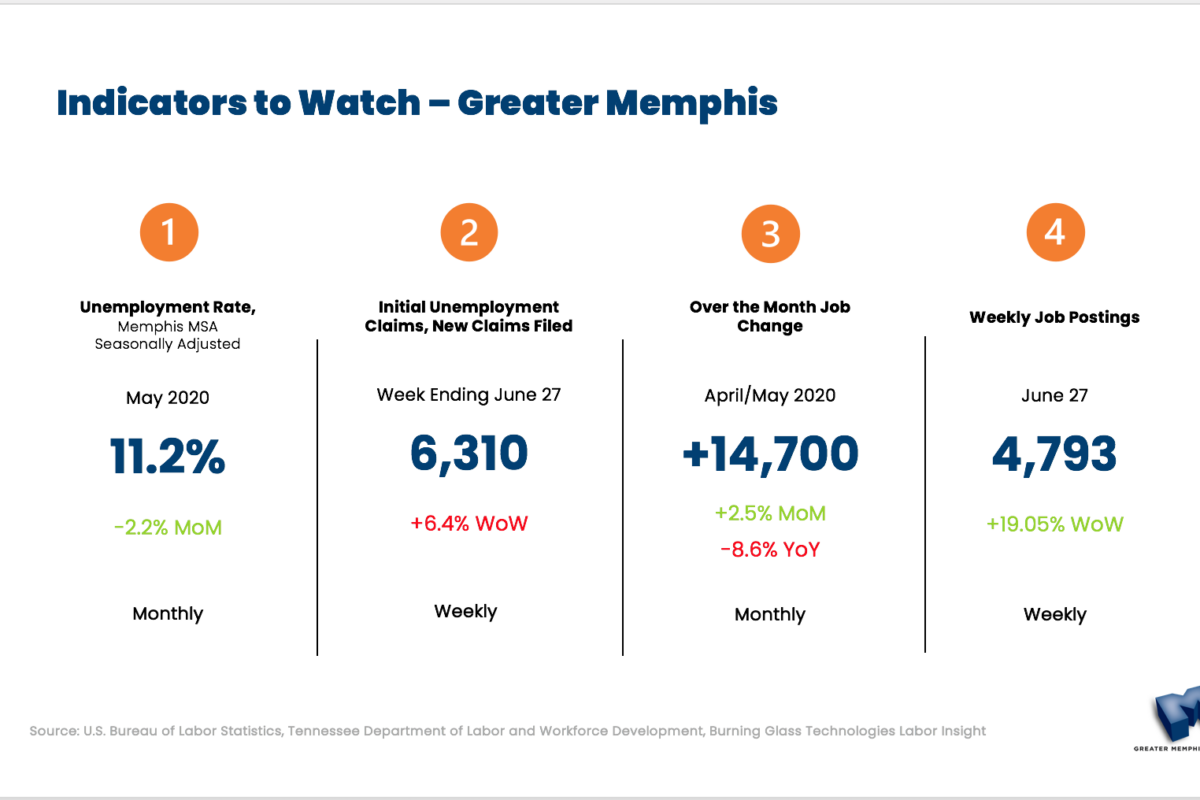

As a small business owner or employee, getting your arms around posting on social media can be a challenge. The reporting and analytics side of the puzzle can prove to be an added challenge – one that is more easily ignored than explored. But I want to encourage you to wade into the data-filled waters with me. What we find there will shape how you look at social media for your business.
Need convincing? Here’s why you should you start looking at your social media analytics: Posting on social media takes time, and time is money. Don’t you want to know what’s moving the needle and what isn’t? Using analytics equips you with powerful information about your consumers and about your content, and thus can affect future decisions you make about your posting practices. Making data-driven decisions means you could save time and increase impact at the same time.
For the sake of time, I’ll be speaking mostly about Facebook Analytics for organic (not paid) posting. I’ve broken down how you should use 15 minutes of your week to review analytics and make adjustments.
Start by looking at the basics: engagement and followers
There are a number of metrics that you can monitor on Facebook, but you can get away with tracking only a few of them.
Engagement is important to track – engagement is how many people are interacting with (clicking) your content. Photo views, video plays, likes, comments and shares are all forms of engagement. This is the holy grail of Facebook metrics. Engagement means you captivated an audience enough to make them act. Pay careful attention to posts that garner engagement and replicate as often as you can without becoming stale. Why measure engagement over reach or impressions? Engagement is a metric you can *almost* control. Create relevant, quality content and your audience will engage. You can’t control how far and how often your content is shown unless you shell out the big bucks.
How your follower count ebbs and flows is also important to watch. When tracked alongside other metrics (like engagement), you can make decisions about how often or what to post. If you receive 15 new followers when you share a sneak peek of your new product, that is an indication that content is strong for your brand. If you post an issue-based stance and lose 15 followers, that’s also an indicator.
Watch trends over time, not one-off anomalie
As with almost anything in business, one-off instances don’t tell the whole story. It’s important to watch the performance of individual posts, but it’s also important to look at trends over three to six months. We often see that engagement dips during spring break and summertime when followers are outside and off of their phones. So, don’t panic when you see a weeklong blip on the radar. Keep tracking and look out for ongoing trends.
Monitor, adjust, repeat
Social media content development is an ongoing and ever-evolving process. What worked one month may not work the next month. And, that’s why analytics are so important! If you’re monitoring what’s working and what’s not, you can invest time and resources in creating content that is impactful. One thing I guarantee you’ll realize – what you thought would work might not. And the post you were apprehensive about even sharing? That will go viral (or at least get five comments). It’s about trial and error, but you can enjoy the process!
Interested in learning more about the Chamber’s Small Business Resources?
{{cta(‘399a881e-6921-4c27-b5b4-e6398875d3e3’)}}



